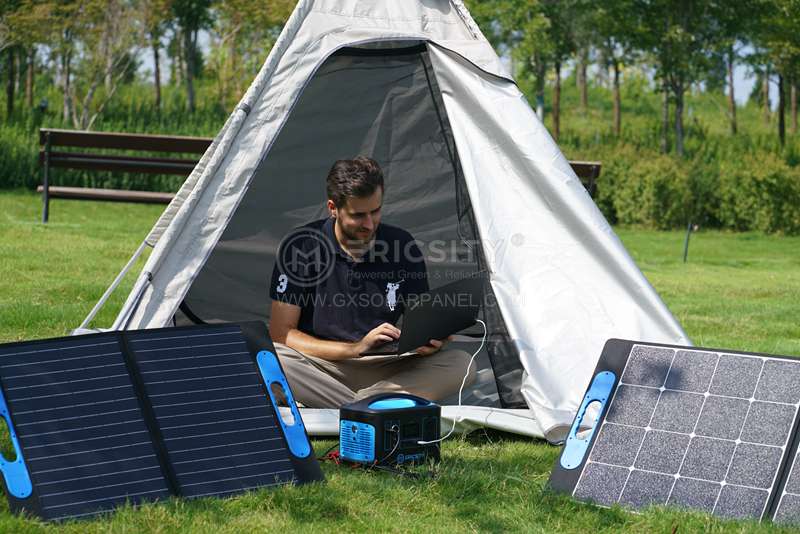HOT PRODUCT
Product Details
flexible Vs. Semi-flexible Solar Panels: Which Is Better?
Flexible vs. Semi-Flexible Solar Panels: Which Is Better?
In recent years, solar energy has gained popularity as a clean and sustainable alternative to traditional power sources. Solar panels, which harness the sun’s energy and convert it into electricity, play a crucial role in this process. However, with advancements in technology, the market now offers a variety of solar panel options, including flexible and semi-flexible panels. So, the question arises: which type is better? In this article, we will explore the differences between flexible and semi-flexible solar panels, their advantages and disadvantages, and help you make an informed decision when choosing the right solar panel for your needs.

Flexible solar panels, as the name suggests, are designed to be highly bendable, allowing for versatile installation options. These panels typically consist of lightweight and thin silicon cells mounted on a flexible material, such as plastic or metal. The flexibility of these panels makes them ideal for applications where rigid modules are not suitable, such as curved surfaces or irregularly shaped objects. Additionally, they are often lighter and easier to transport, making them a popular choice for marine, RV, and other similar applications.


On the other hand, semi-flexible solar panels offer a middle ground between flexibility and rigidity. These panels are partially flexible but still retain some structural stability due to the use of a solid backsheet material. The semi-flexible nature of these panels makes them suitable for mounting on uneven surfaces, but they may not conform to highly curved or irregular shapes as well as fully flexible panels. They are often used in applications such as rooftops or buildings where a flat or slightly curved surface is available.

When comparing the efficiency of flexible and semi-flexible solar panels, it’s important to note that both types typically have lower efficiencies compared to traditional rigid solar panels. This is mainly due to the limitations in the material and manufacturing processes required to maintain flexibility. However, with advancements in technology, the efficiency of flexible and semi-flexible panels has been steadily improving, and some manufacturers now offer panels with comparable efficiency to their rigid counterparts.
Another factor to consider is durability. Flexible solar panels are generally more susceptible to wear and tear, especially if they are frequently flexed or exposed to harsh weather conditions. The flexible materials used in their construction may degrade over time, leading to reduced efficiency or even complete failure. Semi-flexible panels, with their more rigid backsheet material, offer increased durability compared to fully flexible panels. However, it’s important to note that both types of panels can still withstand typical weather conditions and offer a long lifespan under proper maintenance.
Installation and maintenance are also important considerations. Flexible solar panels, with their lightweight and bendable nature, are generally easier to install and require less structural support. They can be glued or taped to surfaces, making installation quick and hassle-free. On the other hand, semi-flexible panels often require additional mounting hardware or brackets to ensure proper attachment, which may increase installation complexity. Both types of panels require regular cleaning to ensure optimal performance, and precautions must be taken when handling them to avoid damaging the flexible surfaces.
In terms of cost, flexible solar panels are generally more affordable compared to semi-flexible ones. The manufacturing processes and materials used in the construction of fully flexible panels are relatively cost-effective, making them an attractive option for those on a budget. Semi-flexible panels, with their semi-rigid backsheet materials, typically involve higher production costs, which are reflected in their retail prices. However, it’s important to consider the specific needs of the installation and balance the initial cost with long-term durability and efficiency.
In conclusion, the choice between flexible and semi-flexible solar panels depends on various factors such as installation requirements, surface shape, durability, efficiency, and budget. Flexible panels offer unparalleled versatility, particularly on curved and irregular surfaces, while semi-flexible panels provide a balance between flexibility and rigidity. Both options have their strengths and weaknesses, and it’s essential to assess your specific needs and consult with solar professionals to determine the best option for your project. Remember, regardless of the type chosen, solar energy remains a sustainable and environmentally friendly choice for generating electricity.




